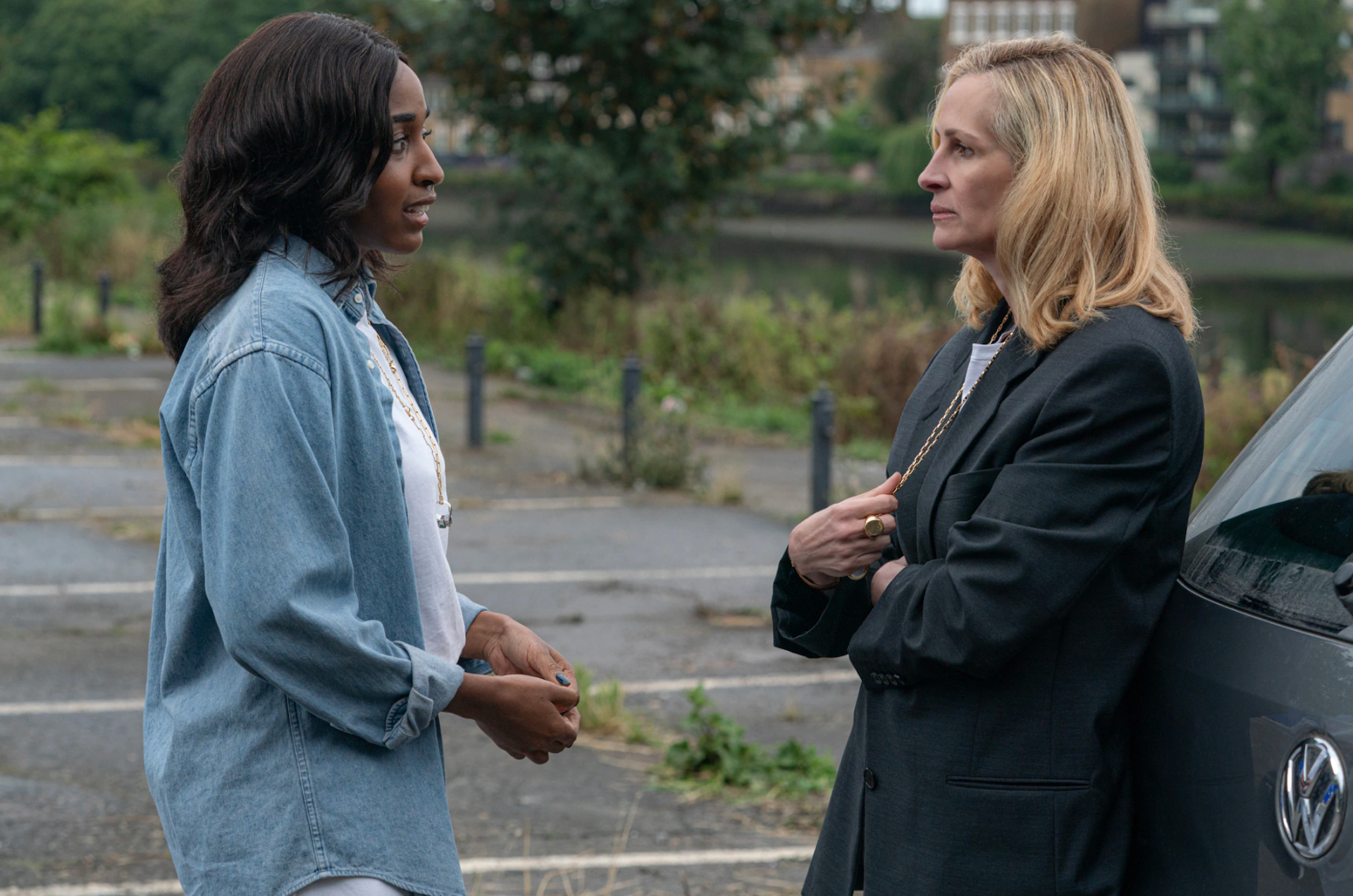Be part of a dynamic environment where creativity meets technology
The Faculty of Design and Society is a newly formed faculty incorporating the former Faculty of Arts and Social Sciences, the Faculty of Design, Architecture and Building, and the UTS Animal Logic Academy. As such, it brings together the leading teaching and research capabilities of UTS in animation and visualisation, architecture, built environment, communication studies, design, international studies and education, and social sciences.
The Faculty is at the forefront of the UTS creativity and innovation strategy and its approach of equipping students with both knowledge and practical skills. It’s more than just a place to study – it’s a space to be inspired, challenge your thinking and develop ideas that can lead to real-world impact.
-
trophy Subject rankings
#6 in Australia
For Architecture and Built Environment.
QS World University Rankings by Subject 2025
-
crowdsource Internationally recognised
Top 150 globally
Global ranking for communication and media.
QS World University Rankings by Subject 2025
-
workspace_premium Subject rankings
Top 100 in the world
For Education.
Times Higher Education subject rankings 2025
Our vibrant and diverse faculty inspires future leaders to succeed in a future-focused world.
With outcomes spanning traditional exploratory research, industry-focused problem-solving, and renowned creative practice, our researchers aim to lead the design and society sectors towards a more innovative and resilient future.
Whatever your challenge, partnering with the Faculty of Design and Society can open the door to a wealth of new opportunities for your organisation.
Designing and building innovation in society
Our research centres are integral to generating unique research and impact in community and industry around the world.
Our facilities
Experience cutting-edge studios and workspaces designed for creative and critical learning. Check out our Design, Archiecture and Building facilities and our Arts and Social Sciences facilities.




Study with us
The Faculty of Design and Society provides high quality, innovative programs with an emphasis on industry connections, technology and creativity. You'll study in purpose-built facilities and access the latest technologies shaping your field.
Learn the skills to adapt in a rapidly evolving field. Study at a school with a global reputation for innovative and interdisciplinary programs in media, communication and creative production.
Learn how to shape urban life, contemporary design culture and the global built environment with tech-driven, socially just and hands-on degrees.
Contribute to the future of education with degrees informed by advancements in research, technology and creativity.









